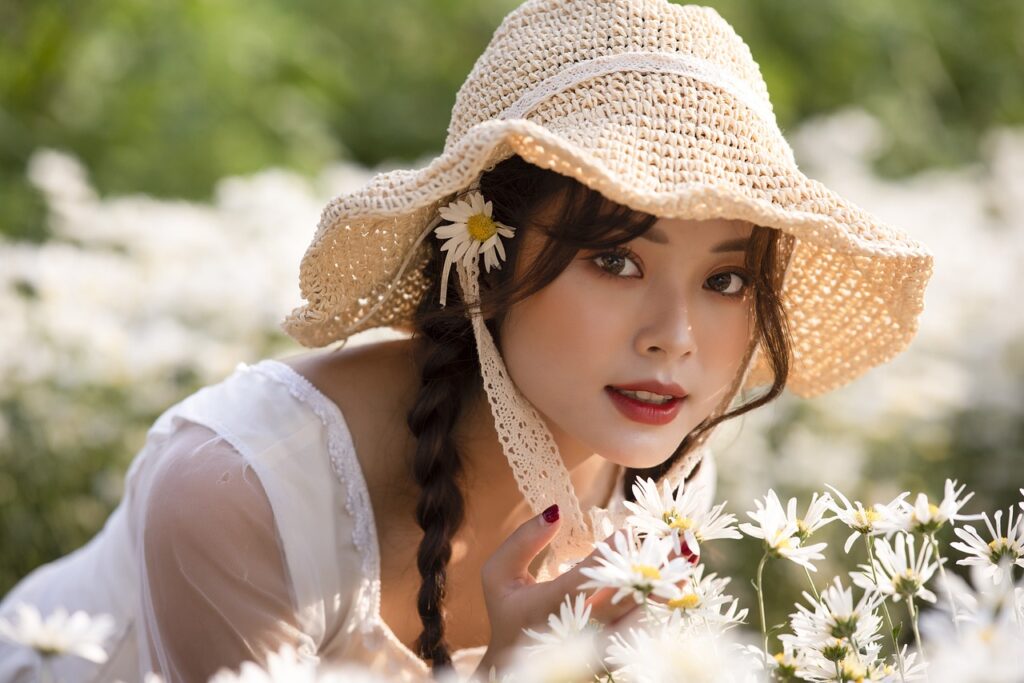Hats: More Than Just Fashion Accessories
by siteadmin

Hats have adorned human heads for centuries, serving as both functional and fashionable accessories. From the practicality of shielding against the elements to making bold statements of style, hats have woven themselves into the fabric of human culture worldwide. Let’s dive into the fascinating world of hats and explore why they’re much more than just items to top off an outfit.
A Rich History
The history of hats is as diverse as the cultures that have crafted them. Ancient civilizations used hats for protection from the sun, rain, and cold. The Egyptians fashioned elaborate head coverings, often adorned with symbols of their beliefs and status. In medieval Europe, hats became a symbol of social status, with laws dictating who could wear what type of hat. Fast forward to the 20th century, and hats were synonymous with elegance and formality, often seen as essential attire for both men and women.
Fashion and Function
Today, hats serve a dual purpose: they are both practical and stylish. Whether it’s a wide-brimmed sun hat shielding delicate skin from harmful UV rays, a cozy beanie keeping ears warm on a winter’s day, or a sleek fedora adding flair to an ensemble, hats marry function with fashion effortlessly.
But beyond their utility, hats also reflect personal style and cultural identity. A cowboy hat may evoke images of the American West, while a beret speaks to Parisian chic. Traditional head coverings like turbans and kufis are not just fashion statements but symbols of religious and cultural heritage. The variety of hats available allows individuals to express themselves uniquely while paying homage to traditions and trends.
Hats in Pop Culture
Hats have played prominent roles in shaping pop culture. Think of the iconic bowler hats in Charlie Chaplin films, the fedoras worn by film noir detectives, or the flamboyant headpieces seen at royal weddings. Hats often become synonymous with characters, defining their personalities and adding depth to their portrayals.
In music, hats have also made their mark. From Michael Jackson’s signature fedora to Pharrell Williams’ oversized Vivienne Westwood hat, musicians have used headwear as a way to cultivate their image and make bold fashion statements.
The Resurgence of Hats
While hats may have waned in popularity during certain periods, they’re experiencing a resurgence in recent years. Fashion designers are incorporating hats into their collections in innovative ways, and influencers are showcasing the versatility of hats on social media platforms. Whether it’s a classic Panama hat for summer or a trendy bucket hat for streetwear enthusiasts, hats are reclaiming their place in the spotlight.
Hats are more than just accessories; they’re cultural artifacts, fashion statements, and practical tools all rolled into one. From their ancient origins to their modern-day resurgence, hats have stood the test of time, evolving with each passing era. So the next time you don a hat, whether it’s to shield yourself from the sun or to add a touch of personality to your outfit, remember that you’re participating in a tradition that spans centuries—a tradition of style, functionality, and self-expression.
Hats have adorned human heads for centuries, serving as both functional and fashionable accessories. From the practicality of shielding against the elements to making bold statements of style, hats have woven themselves into the fabric of human culture worldwide. Let’s dive into the fascinating world of hats and explore why they’re much more than just…
Recent Posts
- The Regal Beauty of Purple Orchids
- Beauty That Cares: Embracing Sustainable and Ethical Beauty Practices
- Embracing Holistic Beauty: A Comprehensive Approach to Nourishing Your Mind, Body, and Spirit
- Unveiling the Timeless Elegance: A Journey Through the World of Jewelry
- Hats: More Than Just Fashion Accessories
